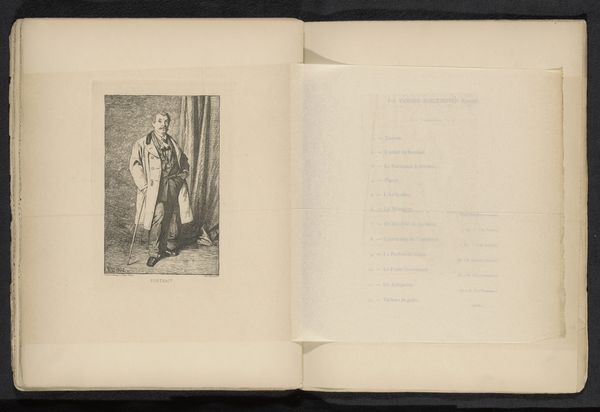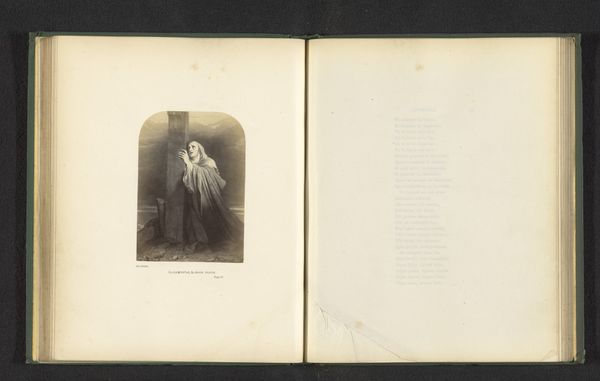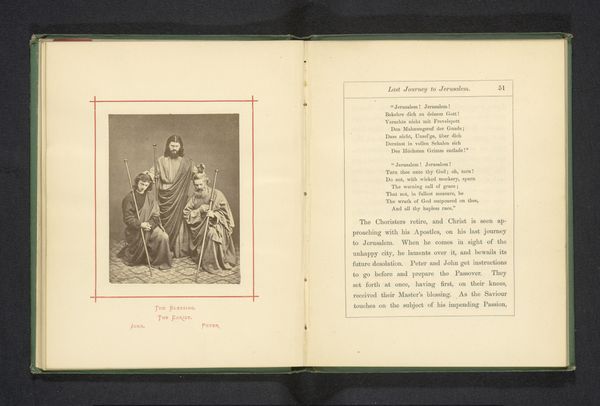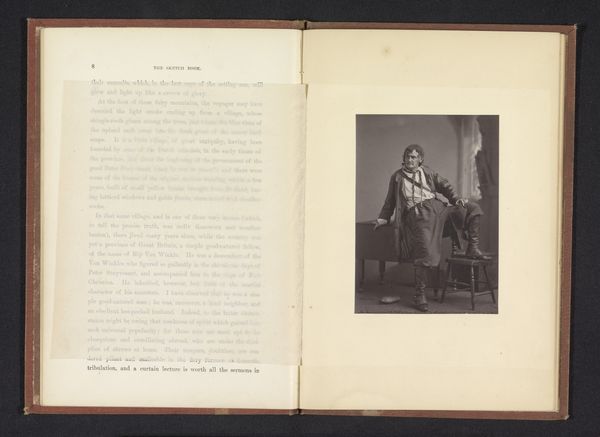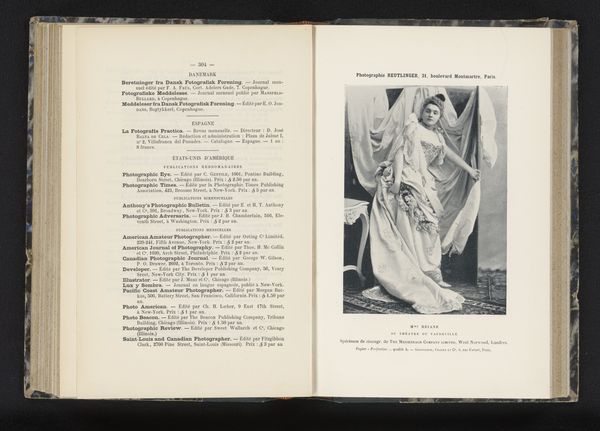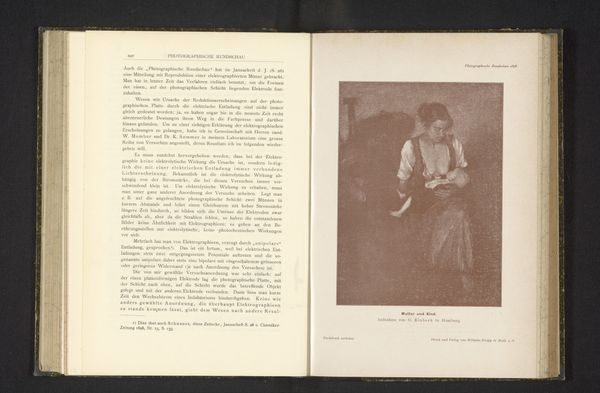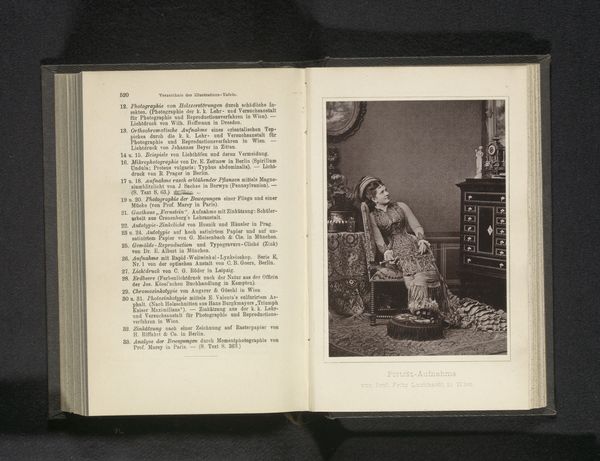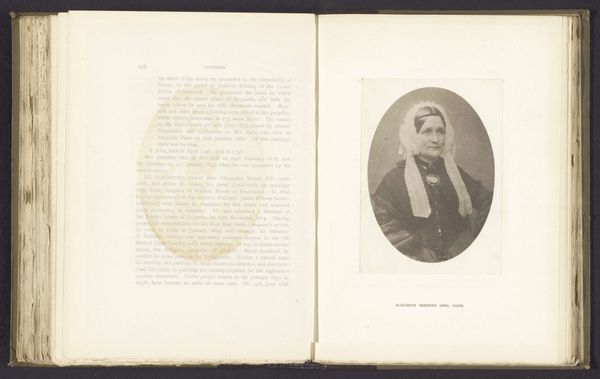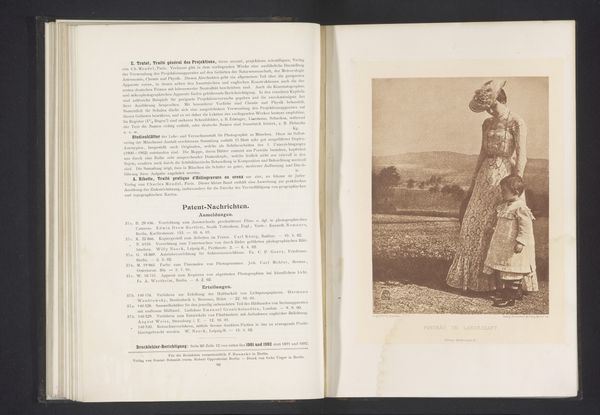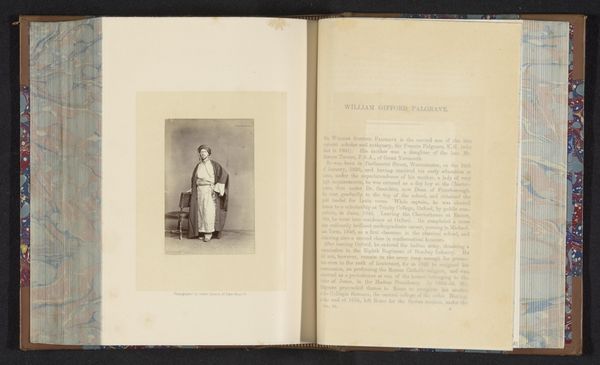
Dimensions: height 143 mm, width 102 mm
Copyright: Rijks Museum: Open Domain
Editor: Here we have a gelatin silver print dating to before 1896, attributed to Léopold Reutlinger, titled "Portret van een onbekende vrouw," or "Portrait of an Unknown Woman." There's something ethereal and almost painterly about the image. What can you tell us about its context? Curator: It’s interesting to consider photography of this period within the broader scope of image production and circulation. Reutlinger operated a prominent photographic studio in Paris. We might think about how his portraits, intended for public consumption, contributed to the construction of social identities and visual culture in the late 19th century. Do you notice anything particular about how the woman is staged or presented? Editor: Her attire, that fur, looks luxurious. It gives a sense of wealth, and possibly status. She is set apart from other women? Curator: Exactly. This image offers insights into how class distinctions were visually reinforced and consumed. Reutlinger’s studio catered to a clientele that wished to project a specific image of themselves to the world. What’s particularly intriguing is the ‘unknown’ status. How does that influence your engagement with the image? Editor: Knowing nothing about her personal story almost makes her more representative. She becomes a symbol of the belle epoque, Parisian society and its aspirations. But do you think calling it Impressionist is a bit of a reach? Curator: It depends on what one emphasizes. It reflects a certain modern sensibility regarding light and capturing an elusive moment. And it was through the industrial production of images such as this that created, sustained, and reified such "types." Ultimately, though, how an image circulates and what purposes it serves determine its significance, don’t you think? Editor: That's fascinating. It shifts the focus from the subject of the portrait to the systems around its production and distribution. It gives a totally new dimension of appreciation. Curator: Precisely. It's about the politics of imagery, and the social forces at play. It adds to what you initially called that ethereal, "painterly" quality and explains it with historic context.
Comments
No comments
Be the first to comment and join the conversation on the ultimate creative platform.
